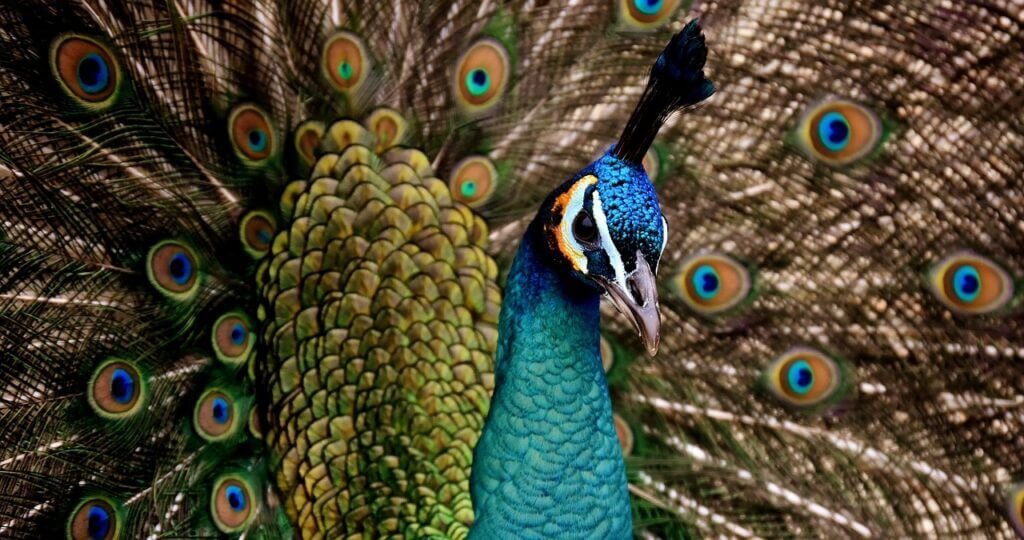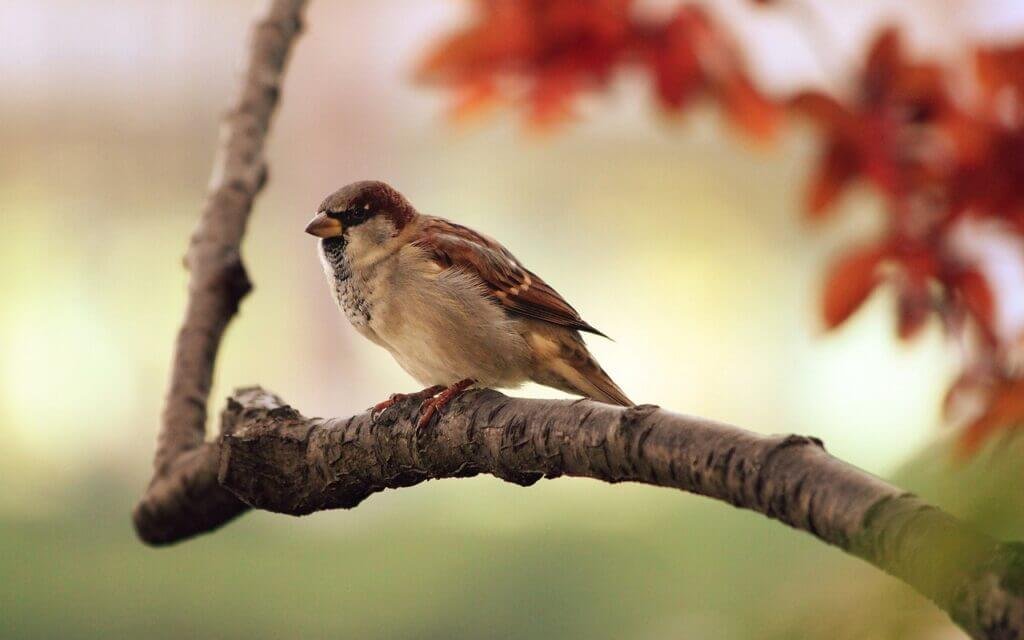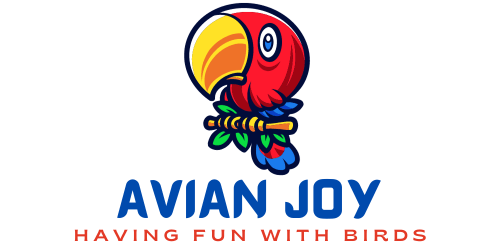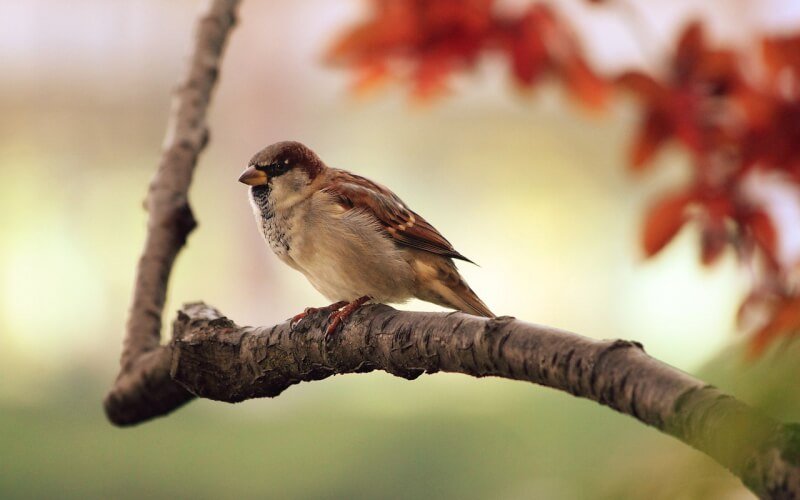Have you ever wanted to create a bird-friendly outdoor space for your feathered friends to enjoy? Whether you’re a bird enthusiast or simply interested in adding more wildlife to your backyard, designing an aviary or enclosure can be a fulfilling and rewarding project. In this article, we will share some tips and ideas on how to create a space that is not only aesthetically pleasing but also promotes the well-being and happiness of the birds that call it home. From the right materials and layout to providing essential elements like shelter, food, and water, we’ll guide you through the process of creating an outdoor haven for our avian companions. So, grab your tools and get ready to embark on this exciting adventure! Creating a bird-friendly outdoor aviary or enclosure requires careful planning and consideration. From choosing the right location to designing the aviary and providing the essential elements for the birds’ well-being, every step is crucial in ensuring a safe and comfortable environment for your feathered friends. In this article, we will guide you through the process of creating a bird-friendly outdoor aviary or enclosure, covering everything from climate considerations to monitoring the birds’ health.

Choosing the Location
Consider the Climate
When choosing the location for your outdoor aviary, it’s important to consider the climate in your area. Different bird species have different temperature and humidity requirements, so selecting a location that accommodates their needs is essential. Make sure to research the specific requirements of the birds you plan to house and choose a location that can provide an appropriate climate.
Provide Adequate Space
Birds need plenty of space to fly, exercise, and engage in natural behaviors. When selecting a location for your aviary, ensure that it provides enough room for the birds to spread their wings and move around comfortably. Avoid cramped spaces that could limit their movement or cause stress.
Ensure Safety
Safety should be a top priority when choosing a location for your bird aviary or enclosure. Avoid areas with heavy traffic, potential hazards like power lines or tall trees that could pose a risk to escaping birds. Consider the surrounding environment and choose a location that minimizes the risk of predators gaining access to the aviary.
Designing the Aviary
Opt for a Suitable Shape and Size
The shape and size of your aviary play a crucial role in the comfort and well-being of the birds. The shape should provide adequate space for flying and perching, and the size should accommodate the number of birds you plan to house. Avoid sharp corners or narrow passages that could cause injuries or prevent easy movement.
Use Bird-friendly Materials
Choose materials for your aviary that are safe and bird-friendly. Avoid toxic substances, sharp edges, or materials that could easily be damaged or chewed through. Opt for non-toxic paints or finishes, and make sure that any materials used are not harmful if ingested by the birds.
Include Perches and Roosting Areas
Perches and roosting areas are essential for the birds’ comfort and natural behaviors. Provide a variety of perches at different heights and diameters to mimic their natural habitat and allow them to exercise their feet and leg muscles. Incorporate roosting areas where birds can rest, sleep, and feel secure.

Providing Shelter and Shade
Add a Roof or Canopy
Shelter is crucial to protect the birds from extreme weather conditions such as rain, snow, or excessive heat. Adding a roof or canopy to your aviary will provide the necessary protection while still allowing natural light to enter. Ensure that the roof is secure and resistant to strong winds or heavy snow loads.
Install Shrubs and Trees
Planting shrubs and trees around the aviary can provide additional shelter and shade for the birds. These plants can shield them from direct sunlight, provide natural perches, and even attract insects or fruits for the birds’ natural foraging behaviors. Choose bird-friendly plants that offer a mix of foliage and nesting opportunities.
Create Shaded Areas
In addition to a roof or canopy, it’s beneficial to create shaded areas within the aviary. This can be achieved by strategically placing structures or planting dense vegetation that creates pockets of shade. Birds can choose to seek shelter in these areas when they need a break from the sunlight or when temperatures rise.
Ensuring Proper Ventilation
Allow for Natural Airflow
Proper ventilation is crucial for maintaining a healthy environment within the aviary. Ensure that the aviary design allows for natural airflow by incorporating openings or windows that can be adjusted to regulate temperature and humidity. This will help prevent the accumulation of stale air, odors, and excessive moisture.
Install Ventilation Systems
In some cases, natural airflow may not be sufficient, especially in areas with extreme weather conditions. Consider installing ventilation systems such as fans or vents to ensure adequate air circulation. This will help maintain optimal air quality, prevent the buildup of harmful gases, and control humidity levels.

Constructing Secure Enclosure Walls
Choose a Sturdy Fencing Material
The enclosure walls play a vital role in keeping the birds safe from potential predators and preventing them from escaping. Choose a sturdy fencing material that is resilient, secure, and predator-proof. Ensure that there are no gaps or loose ends that could allow predators to enter or birds to squeeze through.
Consider Adding Digging Barriers or Skirts
To further enhance the security of the enclosure, consider adding digging barriers or skirts. These can be buried along the perimeter of the aviary to prevent predators from tunneling under and gaining access. Choose materials that are durable and resistant to being dug through, such as galvanized wire mesh or concrete.
Creating a Balanced Diet and Water Source
Offer a Variety of Nutritious Foods
To support the birds’ health and well-being, it’s essential to provide a balanced diet. Offer a variety of nutritious foods that cater to the specific dietary needs of the bird species you are housing. This may include a mix of seeds, fruits, vegetables, and protein sources such as insects or commercial pellets.
Install Bird Feeders and Water Dishes
Install bird feeders and water dishes throughout the aviary to ensure easy access to food and water. Choose feeders and dishes that are sturdy, easy to clean, and designed to prevent contamination. Regularly monitor and refill feeders and water dishes to ensure a constant supply of fresh food and water.
Adding Enrichment and Toys
Provide Swings and Climbing Structures
Enrichment is crucial for the birds’ mental and physical stimulation. Provide swings and climbing structures that mimic their natural environment and allow them to engage in natural behaviors like flying, climbing, or swinging. Choose toys made from safe, non-toxic materials that are resistant to chewing or damage.
Include Foraging Opportunities
Foraging is an essential part of a bird’s natural behavior, and providing opportunities for it can keep them mentally stimulated and entertained. Incorporate foraging toys or puzzles that require the birds to search for their food. This will encourage their natural instinct to explore, problem-solve, and engage in rewarding activities.
Maintaining Hygiene and Cleanliness
Regularly Clean the Aviary
Maintaining cleanliness is crucial for the birds’ health and well-being. Regularly clean the aviary to remove waste, debris, and any potential contaminants. Remove soiled bedding, clean perches, and surfaces, and thoroughly disinfect the aviary to prevent the spread of diseases. Make sure to use safe cleaning products that are not harmful to the birds.
Use Safe Cleaning Products
When cleaning the aviary, it’s essential to use safe cleaning products that are non-toxic to the birds. Avoid harsh chemicals or substances that could irritate their respiratory system or skin. Opt for natural or bird-specific cleaning products that are effective in eliminating germs and maintaining a hygienic environment.
Minimizing Predators and Pests
Secure the Aviary from Predators
Protecting the birds from potential predators is essential to their safety and well-being. Secure the aviary from predators by reinforcing the enclosure walls, adding deterrents like spikes or netting, and regularly inspecting for any signs of weakness or potential entry points. Consider installing surveillance systems or alarms to further minimize the risk.
Implement Pest Control Measures
Pests can pose a threat to the birds’ health and can damage the aviary structure. Implement pest control measures to keep pests such as insects, rodents, or unwanted birds at bay. This may include regular inspections, sealing any gaps or openings, and using bird-friendly pest control methods such as mesh screens or bird repellents.
Monitoring the Birds’ Health
Schedule Regular Veterinary Visits
Regular veterinary visits are crucial for monitoring the birds’ health and catching any potential issues early on. Schedule routine check-ups and vaccinations to ensure their overall well-being. Consult with an avian veterinarian who can provide guidance on specific health care requirements for the bird species you are housing.
Observe Their Behavior and Appearance
Maintain a keen observation of the birds’ behavior and appearance on a daily basis. Look for any signs of illness, stress, or abnormal behavior. Changes in appetite, weight, or feather condition can indicate underlying health problems. By staying vigilant and addressing any concerns promptly, you can ensure the birds’ health and prevent potential complications.
Creating a bird-friendly outdoor aviary or enclosure requires careful planning, attention to detail, and a genuine commitment to the well-being of the birds. By following these guidelines and providing the necessary elements for their comfort, safety, and stimulation, you can create an ideal environment that allows your feathered friends to thrive and enjoy a fulfilling life in their outdoor habitat.


